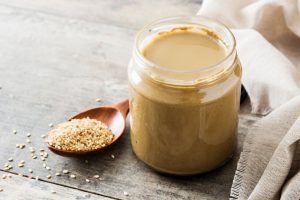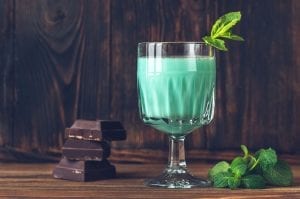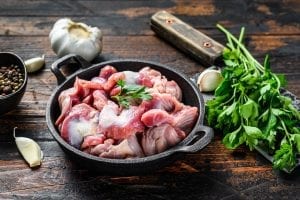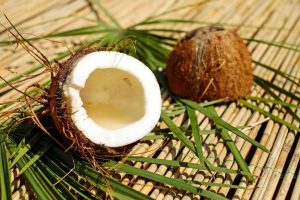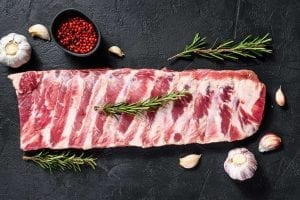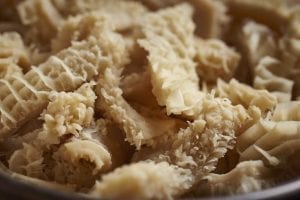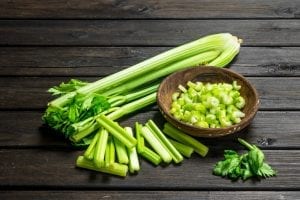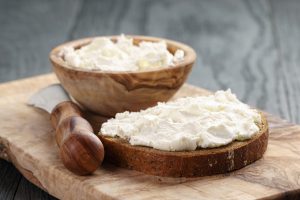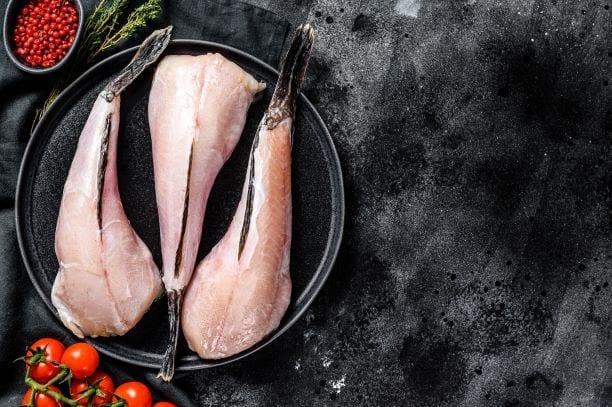
Monkfish may be unpleasant to the eye with its muddy color, blotchy skin, flat oval-shaped head, and uneven sharp teeth, but wait until you have a taste of this unique fish. We will give you all the reasons to try this deliciously-tasting seafood despite its aggressive looks.
What Is Monkfish?
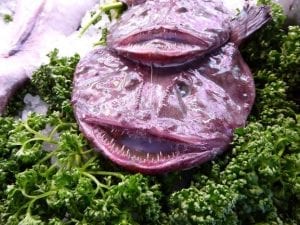
Monkfish is a predatory aquatic animal that preys on any sea creature its mouth can reach. It can weigh up to more than 12 kilograms, with its head weighing more than half of its total weight.
Aside from its usually misspelled name, “monk fish”, another common misconception about this sea creature is that it’s a shark, but it’s not. They are real cartilaginous fish that are usually found in the waters of the western North Atlantic. Yet, this fish does not swim but uses its fins to walk on sea grounds to prey.
This seafood is known in many countries. In fact, monkfish’s tails are usually served and eaten in America. In Asia, however, the whole fish (including the liver!) is actually a favorite delicacy. It’s often compared to lobster meat for its sweet flavor and dense texture.
What Does Monkfish Taste Like?
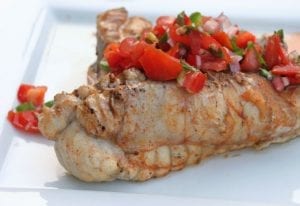
The monkfish’s meat is generally white or light pink in color and has a thick and dense texture. But the best part about it is that it rarely tastes fishy. Rather, its meat has a delicately sweet and clean taste that is similar to lobster meat. No wonder why this fish is also known as the “poor man’s lobster”.
Aside from its appetizing taste, it is also considered one of the healthiest lean fishes. This explains why it’s such a popular choice of fish in various parts of the world.
READ ALSO: The Debate Between Fish And Meat – Is Fish Meat?
How to Cook Monkfish
Monkfish can be considered a chef’s favorite because there are tons of ways to enjoy this delicious seafood. You can have it baked, fried, grilled, poached, and even sauteed. And because its meat absorbs marinades and sauces well, any monkfish dish that you cook at home is sure to be a flavorful one!
Preparing Monkfish
Before we proceed with actual cooking, it’s also important to know how to clean it properly. First, you have to remove the monkfish’s pink or gray-colored membranes and rinse them in cold water. This is not only because its veiny appearance is unappetizing to the eyes, but because these membranes will shrink around your fish. It will curl up and turn rubbery, making it hard to cook. And as lean meat, monkfish would dry out if overcooked in heat.
During the process of cooking, monkfish usually excretes a white fluid. You won’t notice it if you’re cooking the fish in soups, sauces, or other liquid substances. But if you’re going for different cooking methods such as frying or grilling, soaking it in salted water for one hour, and patting it dry with a paper towel or cloth would avoid the seeping of the fluid.
Cooking Monkfish
You can enjoy this seafood in various ways. Since it’s mildly sweet and doesn’t have a fishy taste, a simple dish of grilled monkfish drizzled with lemon juice and olive oil can already produce so much flavor.
Monkfish’s lean meat absorbs flavor really well, so rubbing spices, herbs, and other marinades would be a perfect way to enhance its flavor. If you fried monkfish, make sure to wait until each side is cooked well before flipping.
Monkfish Recipes to Try
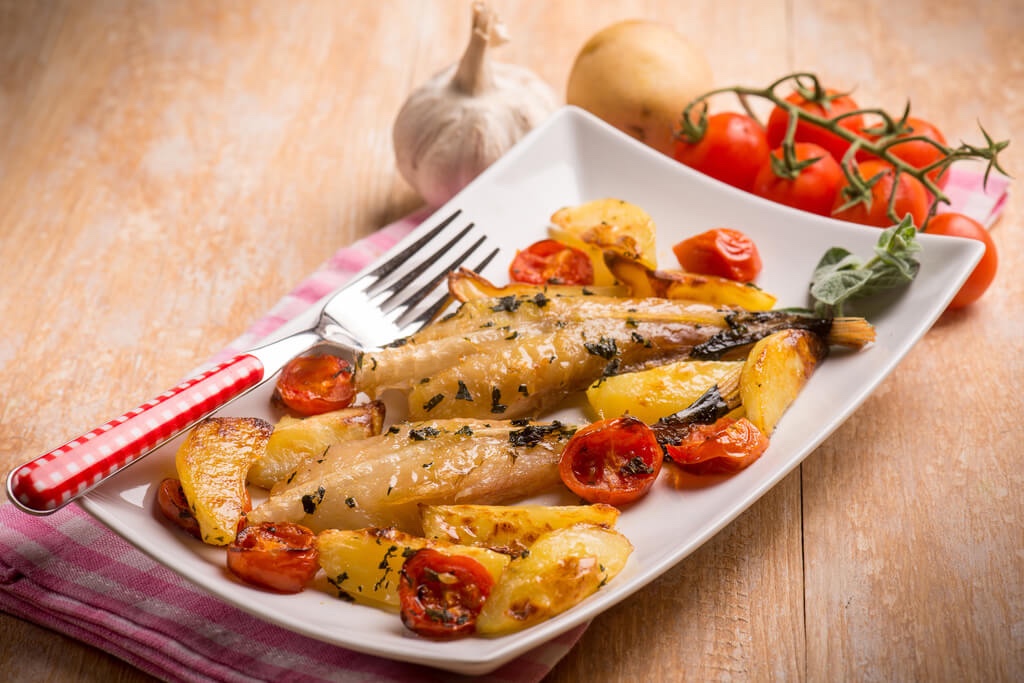
- Pan-Fried Monkfish – One of the simplest, yet most recommended ways to prepare a monkfish fillet is through pan-frying. All you need are lemon and butter for the lobster-like taste of this fish to truly shine.
- Monkfish Liver – Aside from the fish meat, you can also explore a unique way of eating monkfish with monkfish’s liver also known in Japanese as ankimo. This dish is served cold with spicy daikon radish and wakame seaweed.
- Seafood Mocequa – Include chunks of your delicious monkfish in this stew recipe and serve it with a white wine cocktail on the side for a filling meal like no other. The flavors of the mixed seafood pair perfectly with the cold and refreshing cocktail mix.
How to Choose Fresh Monkfish
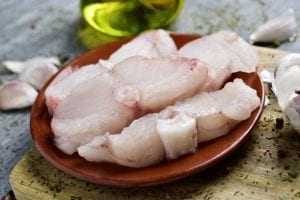
You can usually find common cuts of deboned and deveined monkfish fillets in markets, same as those that are usually served in many restaurants. These are displayed in icy containers to keep them fresh at all times. Choose something firm in texture, with white-colored flesh. You should avoid any fillets with discoloration, slimy texture, and foul odor.
True to its “poor man’s lobster” title, you can get your monkfish at a very affordable price, too. Monkfish price ranges from $6 to $7 for fillet cuts per pound.
How to Store Monkfish
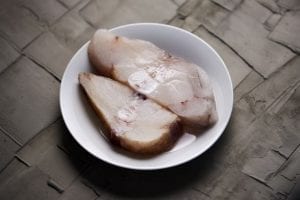
The shelf life of a monkfish, just like any other dish, would vary on its way of storage. You can directly store your raw monkfish in the fridge for one to two days. If you want to store it for a longer time, wrap it tightly in plastic wrap or aluminum foil and place it in the freezer. If kept properly frozen, the fish will last for the next six to eight months. After thawing, it can last for another one to two days in the fridge.
It’s best to consume your fish the day you cook it. But if you have some leftover, you can put it in an airtight container and it will still be good for up to three to four days in the fridge.
Monkfish’s Deliciousness Makes Up For Its Not-So-Pretty Appearance
Monkfish’s exterior might look uninviting, but its lobster-like taste, versatility in the kitchen, and health benefits are something you shouldn’t miss. Make sure you follow our recommended guide on how to choose a fresh cut and explore delicious recipes for this flavorful seafood devil!
